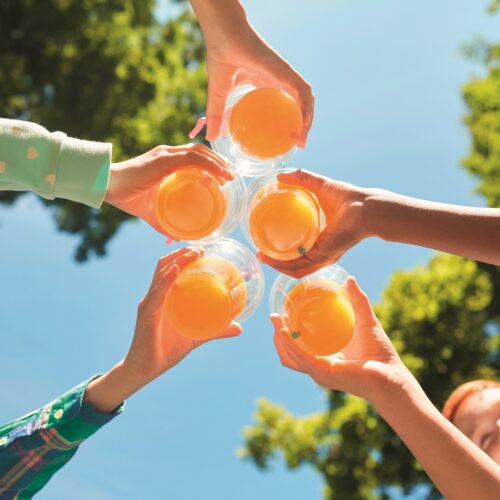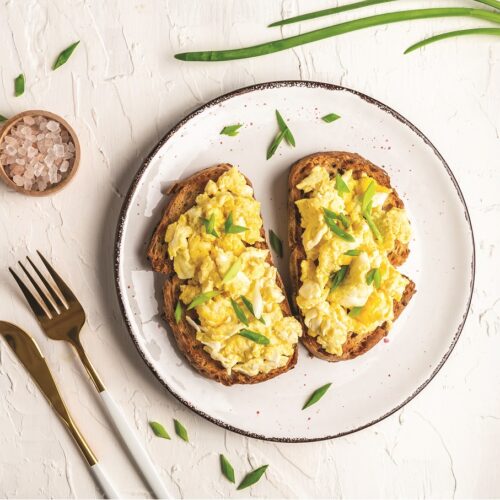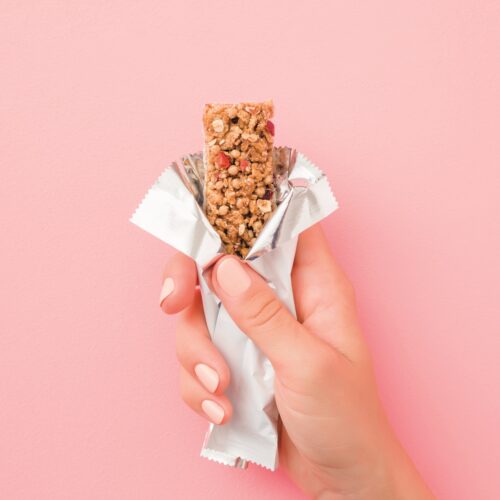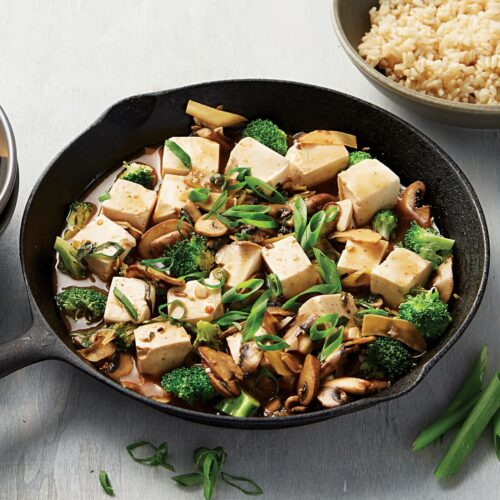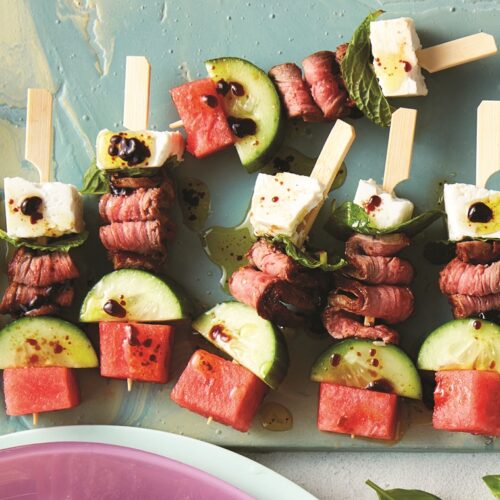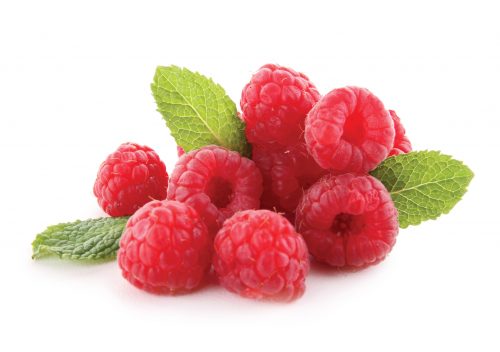
This berry is available in a variety of colours around the world —purple, black and yellow — but here in New Zealand the red raspberry is what we are familiar with.
Raspberries are generally only harvested in New Zealand in December and January so we have to make the most of this delicious fruit while it’s available.
Buying
Choose berries that are fully ripened, with no attached stem caps. Ideally the berries should be plump, firm and dry.
Storing
Raspberries are highly perishable so need to be stored carefully. Remove any soft or mouldy raspberries then place the fruit in a container or on a plate lined with a paper towel. Store in a cool dark area or the fridge for up to two days.
Nutrition
The high number of seeds means raspberries are a source of fibre. The colour of raspberries is due to anthocyanins and they also contain related compounds called ellagitannins. Research is being conducted as it is believed these compounds are beneficial for human health.
Using
Some would argue that the best way to enjoy raspberries is to eat them fresh by themselves. However, here are some creative alternatives to try:
- Serve raspberry coulis with your next dessert.
- Make raspberry vinaigrette for salads by blending red wine vinegar, raspberries, olive oil, Dijon mustard, salt and pepper.
- Blend raspberries together with a banana then freeze, for a fabulous fruit ice-cream.
- Make jam from soft raspberries to enjoy the raspberry flavour year ’round.
- Raspberries are great in salads. Try fresh raspberries with baby spinach, red onion, walnuts, and blue cheese, dressed with a raspberry vinaigrette.
- Try this great recipe idea: Berry misu
Did you know? Raspberries belong to the rose (Rosaceae) plant family.
www.healthyfood.com


